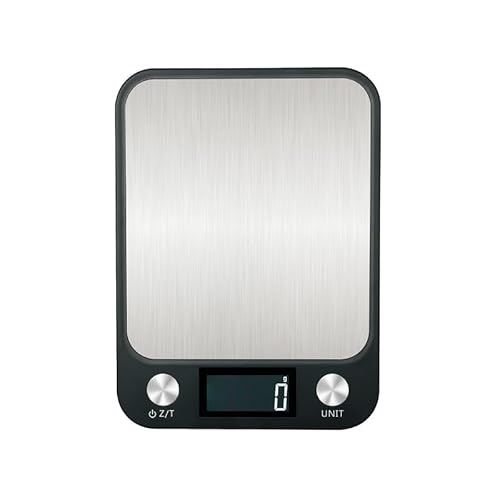I tried my hand on a secret swirl for the first time. I colored part of my batter with purple clay. I wasn't very good at it, but, most importantly, the clay lost its color during the process ! I was so sad when cutting and discovering the mere shadow of a swirl.
I checked the packaging of my clay; and it is not naturally purple, it is kaolin clay mixed with manganese violet.
At first I thought that maybe this pigment don't do well with lye. But the external parts of the soap kept the color well. Looking at it, I think my soap gelled but didn't gel fully. I can see a slight gel ring. So... did the pigment burn ?
Does anyone had a similar experience ? What do you think happened ?


I checked the packaging of my clay; and it is not naturally purple, it is kaolin clay mixed with manganese violet.
At first I thought that maybe this pigment don't do well with lye. But the external parts of the soap kept the color well. Looking at it, I think my soap gelled but didn't gel fully. I can see a slight gel ring. So... did the pigment burn ?
Does anyone had a similar experience ? What do you think happened ?












































